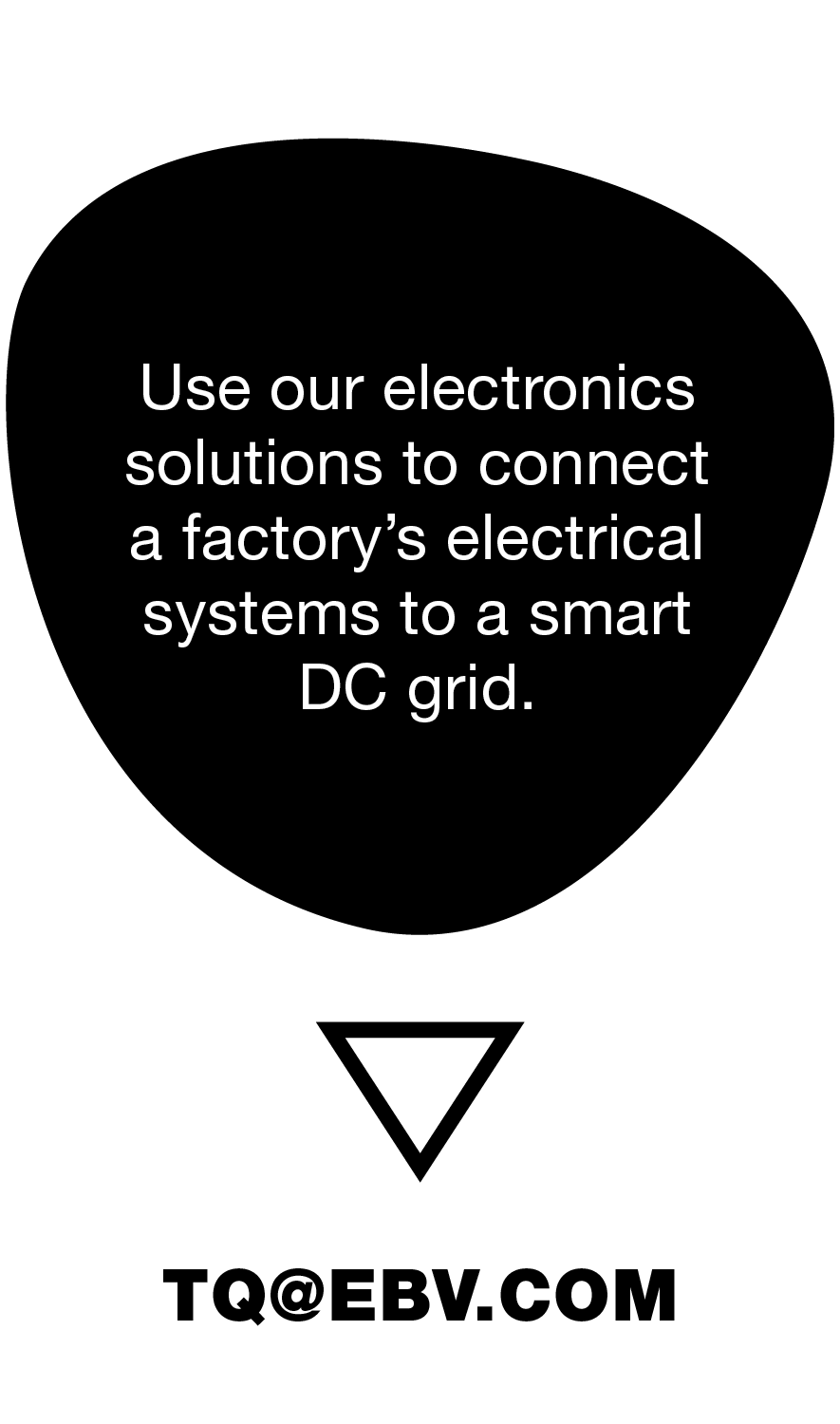Direct current offers a number of advantages, not only for long-distance transmission, but also in the low-voltage grid. Intensive industrial research is already being carried out on solutions for such DC grids.
It is 129 years since alternating current (AC) emerged victorious against direct current (DC) in the “electricity war”. But today direct current is celebrating a comeback, not only in high-voltage DC transmission, but also in the low-voltage range. Electricity might well be transmitted by direct current in factories, at data centres and even in homes in the future. The advantage: many electrical consumers, from LED lights to industrial drives and electric cars. Actually consume direct current, which at present has to be converted from the alternating current coming out of the socket. And that conversion process wastes as much as 30 per cent of the energy.
Dc grids: Building block towards climate neutrality
Industry, in particular, sees a DC grid as a key factor in attaining carbon-neutral production. Volker Bibelhausen, spokesman of the executive board and Chief Technology Officer of the Weidmüller Group, explains: “DC grids make photovoltaic plants or distributed energy storage systems, for example, easy to integrate.
Also, thanks to the substantial reduction in energy loss due to AC-DC conversion and intelligent load management. Energy consumption can be cut significantly and peak loads avoided, which has a positive impact in terms of equipment design and installation. We are talking about potential total savings in the double-digit percentage range. Which is a major help to us in becoming climate-neutral.” Another advantage is that the rectifier stages, in particular, create a high harmonic load on the AC grid. Which necessitates complex and costly filtering in order to ensure the voltage quality stipulated by the standards. That effort and cost is eliminated with a DC grid.
Coupling electrical systems
“The great potential of utilising direct current supply in production lies in the coupling of all the electrical systems in the factory to create a smart DC grid. That makes it possible to improve the availability and quality of the on-site electricity supply. And so enhance production reliability,” says Timm Kuhlmann, a scientist at the Fraunhofer Institute for Manufacturing Engineering and Automation (IPA) in Stuttgart.
Its “DC Industry 2” research project has already built such a grid. All the installed consumers, such as frequency-controlled electric motors, the lighting, and process technologies, are supplied with direct current. They interconnected over a shared DC grid. And operating in a range of plus/minus ten per cent around a 650 volts nominal. That permits direct energy exchange between all the drive units that accelerate and brake regularly, in robots or tool spindles for example. Components that normally burn up superfluous energy, such as braking resistors, are eliminated. Such new technological infrastructures are only made possible by the ongoing advances in power semiconductors. The high cost of components for switching direct currents has been significantly reduced by modern power electronics.
New components required
Switching to DC grids does pose some technical challenges for the manufacturers of the various industrial components, however.
That is true in the case of cables, for example. Lapp, a leading vendor of cables and connection technology, discovered that the electric field of a direct voltage has a different effect on the plastic insulation of a cable than an alternating voltage field. This meant that different materials might be required for some DC applications than for AC. Lapp has in fact already launched a cable specifically for DC applications.
Safely protected even with DC
New types of circuit-breakers are also needed to switch off electrical systems and devices in just a few microseconds or milliseconds. The biggest challenge in developing a DC circuit-breaker is to disconnect the circuit safely and quickly in response to any conceivable fault. Such as a short-circuit. Once the fault has been detected, switching contacts open inside the circuit-breaker and an arc is created. In order to interrupt the current flow and prevent a fire, this arc must be extinguished immediately. However, while with alternating current the arc extinguishes itself at the latest when the current changes direction (which happens hundreds of times per second), with direct current – which flows continuously in one direction as required. Additional measures must be taken to ensure that the arc is extinguished artificially.
Energy savings of up to ten per cent with DC grids
Those technical issues can be resolved, however. The “DC Industry” project has demonstrated the feasibility of a DC grid in a factory environment. As Timm Kuhlmann from the IPA concludes: “We are able to achieve between five and ten per cent energy savings simply by using direct current.”

